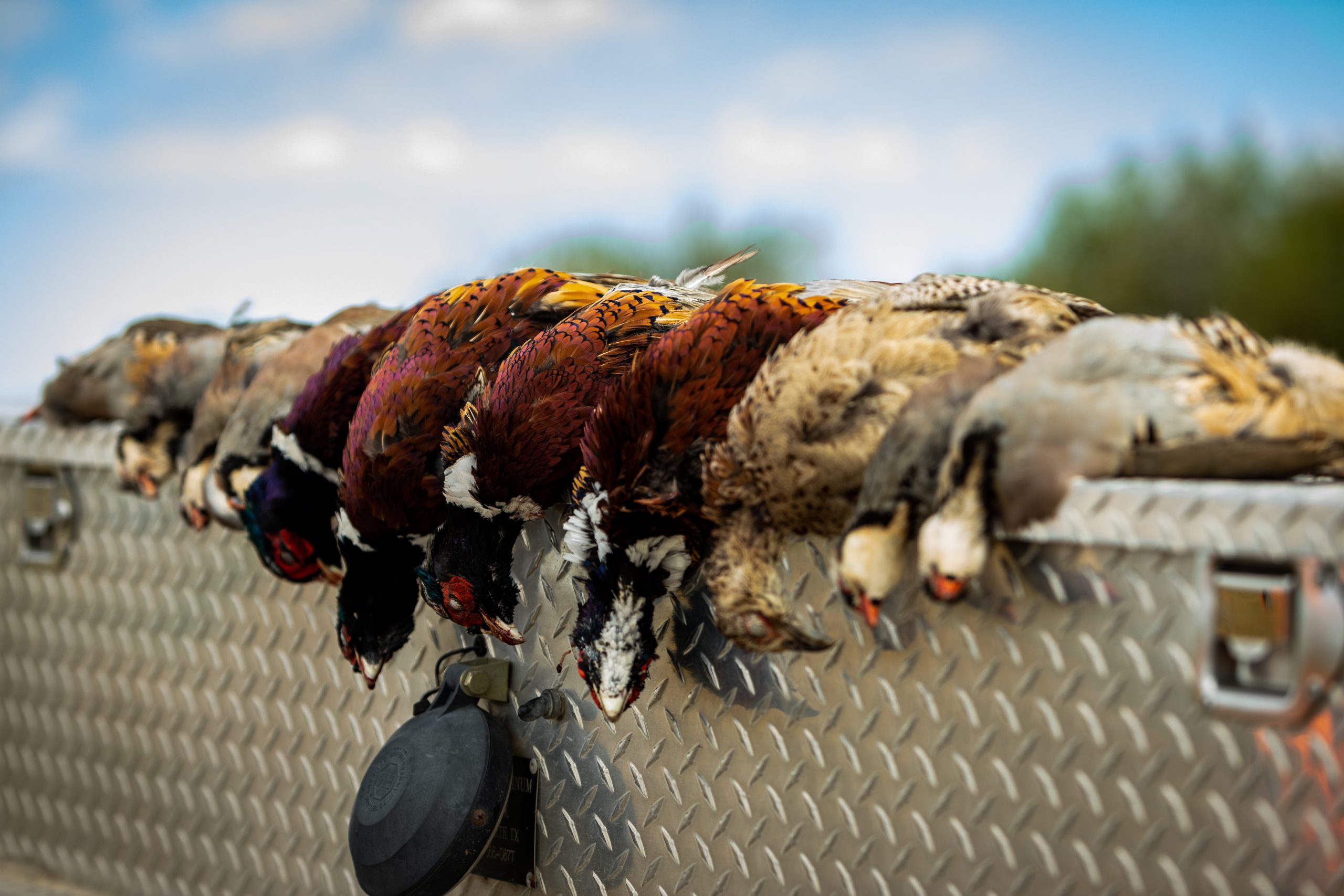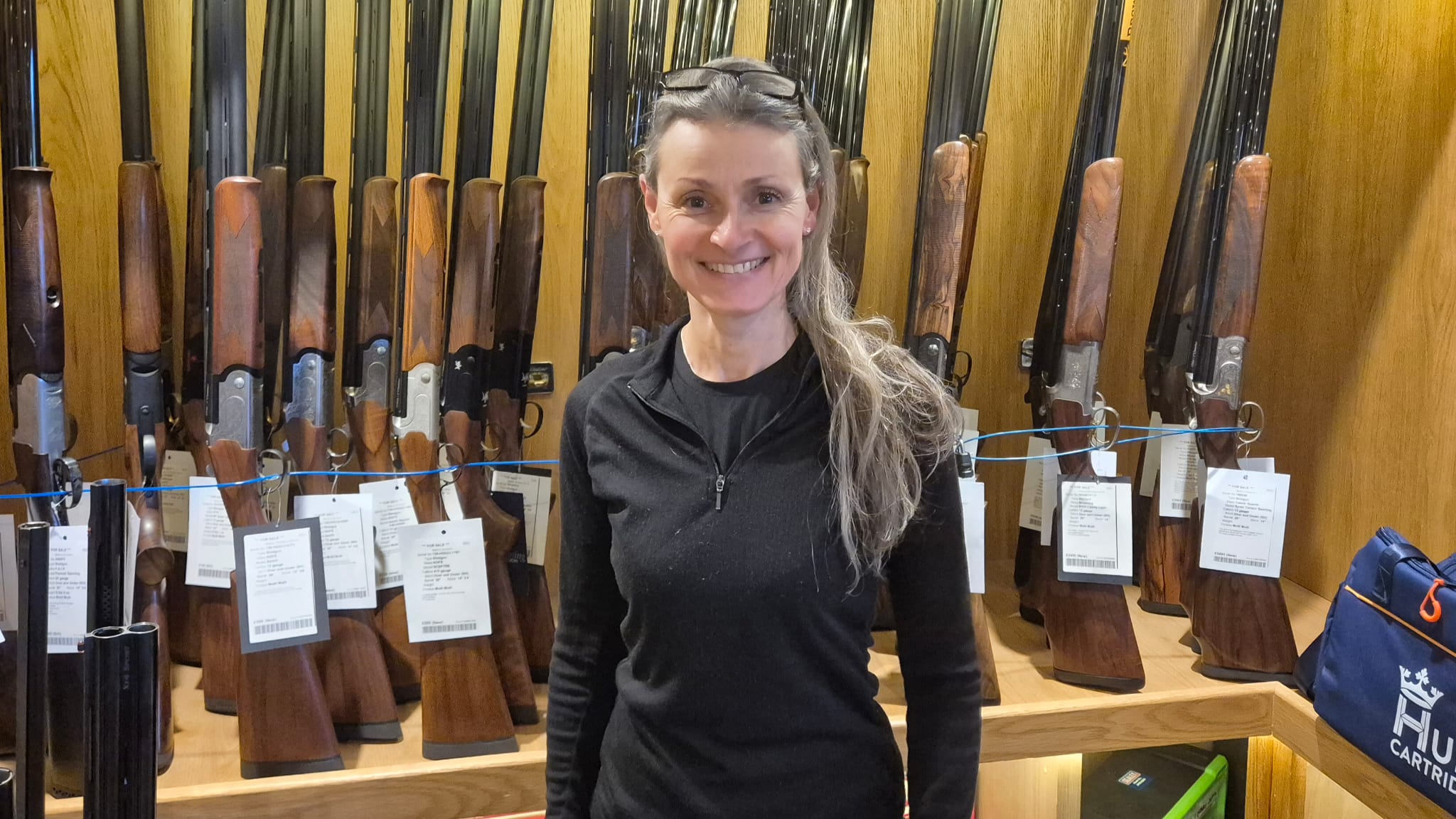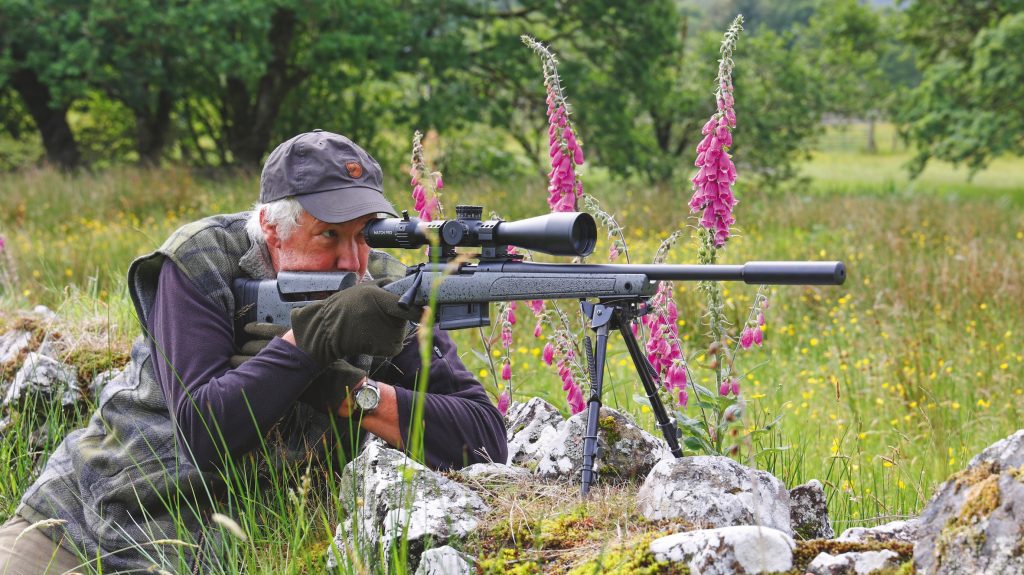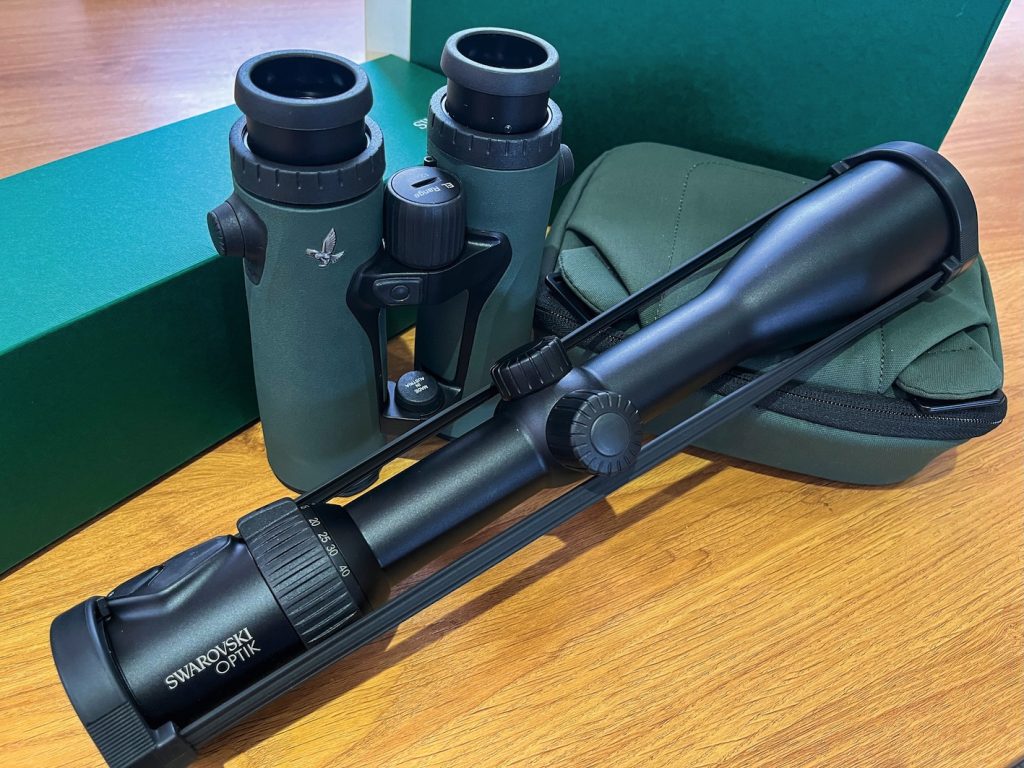Chokes and choices
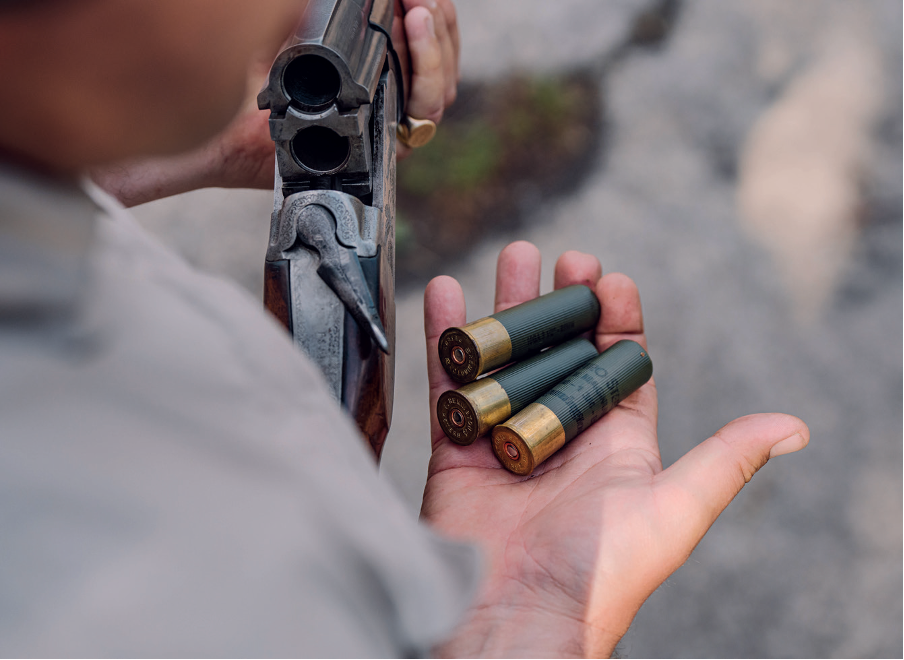
Finding the right choke requires experimentation and patience. Derek J Robinson shows how pattern testing and the right load can make all the difference in the field.
What sort of choke do you think I will need?
This was a question that was asked recently on social media regarding the shooting of wildfowl. “Do you think a modified aftermarket choke such as a Kicks or Patternmaster would be good?” the writer continued.
Exactly how one person can advise another on such personal and situationally dependent decisions is beyond me. However, a few keyboard warriors rose to the occasion and gave their thoughts on what they used for the successful shooting of wildfowl. Each reply was, of course, based on the personal preferences of the respondent. Whether that choice would benefit the person asking the question, only time will tell.
An awful lot of money is wasted by heeding the advice of others that may not be applicable and by believing without question the claims of manufacturers.
In my youth, an advert caught my attention with the slogan, “Reach for the sky with the Marlin Model 55 Goose Gun.” This gun, it was alleged, could pull down ducks that were out of the range of any other gun on the market. To explore these bold claims for myself, I set out for the gunshop.
The proprietor, Andy Cockran, cheerfully handed me a bolt-action Marlin with its 36-inch barrel. I checked it was empty and swung on to an imaginary duck.
“You’d be better off with this,” said Andy, smiling, as he handed over a side-by-side 10-bore.
“And if that won’t reach them, this one will kill them stone dead if you can maintain the swing,” he said, as he took the 10-bore from me and passed me a Tolley double eight-bore. I could hardly lift it, let alone swing it. I left his shop rather disillusioned, with my money unspent.
The Importance of Pattern Testing
Today, considerably older and wiser, I prefer to pattern-test my guns to determine what choke suits me best. From my own experience, when shooting steel, I have determined that the more open the choke, the better the pattern.
In the 1970s, things were simpler because most guns had a fixed choke. If someone had asked me what choke my gun was, I wouldn’t have had a clue. However, I did know a little bit about cartridge choice. I used Eley Grand Prix. If that failed to bring my bird to book, I had an Eley Maximum for the second shot.
Once I had caught the fowling bug, Eley Alphamax became my go-to ammunition for all my fowling trips. This cartridge, with its high metal base and greater shot capacity, was all I ever used in the pursuit of high ducks and geese.
At £8 per box of 25, I believed they were worth every penny. Today I look back and smile. The Rottweil and SMI loads were less than half the price of the Alphamax and did exactly the same job.
Recently, I was given a batch of assorted old cartridges to use straight, or as reloads if the cases were too rusty. I stripped down one of my beloved old Alphamax shells and discovered there was an awful lot of cork filler and a lot less lead shot than I had expected. I’d been paying for the name, not what was in it.
Lessons from a Gunsmith
During a recent conversation with my gunsmith, he related a story about pattern-testing a new gun for a client during his apprenticeship. His instructions had been to set up a target at 40 yards and put a shot into it. If the pattern was no good, he was to take five steps toward the target and fire again. Each time, if he was still dissatisfied with the spread after firing, he was to advance five steps before firing again until he had a uniform pattern in the circle.
It took four cartridges before the 30-inch circle showed a good pattern. The customer was given the card and said that it was the “best-patterning gun he’d ever owned.” According to the gunsmith, it was rubbish.
I’m not a fan of percentages shown in a 30-inch circle. I often look at photos and wonder how many shots were fired to get such an even covering and at what distance. There are too many variables. Taking into consideration powder drop, pellet drop, wind strength, and human error, no two patterns are identical.
A Change in Accuracy
A few years ago, while shooting crows with a friend, I had a bird winged and down at 40 yards. I gave the bird another shot on the ground. My friend Mark remarked that the shot was high and off to the right. If that was the case, what was my problem? Surely not choke.
My kill-to-cartridge ratio had been deteriorating for some time, which I put down to age and lack of practice. But I had missed some really easy birds on that excursion, so I did some further research.
On my next solo outing, I conducted a pattern test and discovered my point of aim was, as Mark had said, off to the right.
Expert Help
A shooting coach diagnosed that my master eye had changed from left to right. To combat this unusual ocular migration, my coach prescribed either a ‘speed bead’ or closing one eye.
I sent off for the beads and soon had one on each of my guns, but nothing changed until my gunsmith suggested I try closing my right eye. I did—and couldn’t see anything. I was blind.
After undergoing surgery, my eyesight is back to normal. I’ve also dispensed with the speed beads, and my kill-to-cartridge ratio has improved considerably.
Everyone who shoots should pattern test their gun and cartridge to determine which chokes suit their needs.
When testing steel homeload ammunition, for example, I use Skeet, ¼ and ½. Each choke is tested at 40 yards. In my most recent test using a 3-inch 36g load of No. 4 steel, there was only a five-pellet difference on target from Skeet to ½ choke.
A look at my Browning Maxus manual shows that steel performs differently from lead. A lead Skeet choke throws an improved cylinder pattern with steel. A ¼ choke throws modified (½), while the modified, improved modified, and full chokes all throw full-choke patterns when using steel.
Understanding Velocity and Steel Shot
When loading steel shot, velocity can play a part. Too much velocity in a tight choke can ruin the pattern, leaving big holes through which the quarry can escape. A slower speed can provide a more even pattern and consistent killing power, provided the shot is large enough to retain the energy required for lethality.
In their book Shotgun Marksmanship, Percy Stanbury & G. L. Carlisle set the benchmark for a 12-bore shotgun at 40 yards and the 3-inch magnum at 50 yards. For that reason, all my loads are pattern-checked at 40 yards. I know by the pattern whether there is further scope to extend the range to 50 yards or more.
Field Testing
All my homeloads are pattern tested to ensure there are no big holes in the pattern. I then test them in the field, decoying and flighting pigeons.
Come the wildfowling season, the tightest choke I use is ½, yet most ducks and geese are killed with the first barrel using Skeet in the side-by-side. I feel that the more open-bored choke produces a more even pattern than the tighter one.
The 36g No. 4s take ducks at respectable ranges and occasionally geese.
Do I need aftermarket chokes to reach those high flyers or a Marlin 55 Goose Gun? I don’t believe so.
All I need is the skill to follow through with a dense pattern and the speed from the pellets to break through flesh, bone, and sinew to ensure a clean kill.
Today’s modern factory steel shells are better than they have ever been, but until I can get the variety in cartridge length I need, I’ll stick with homeloading.

